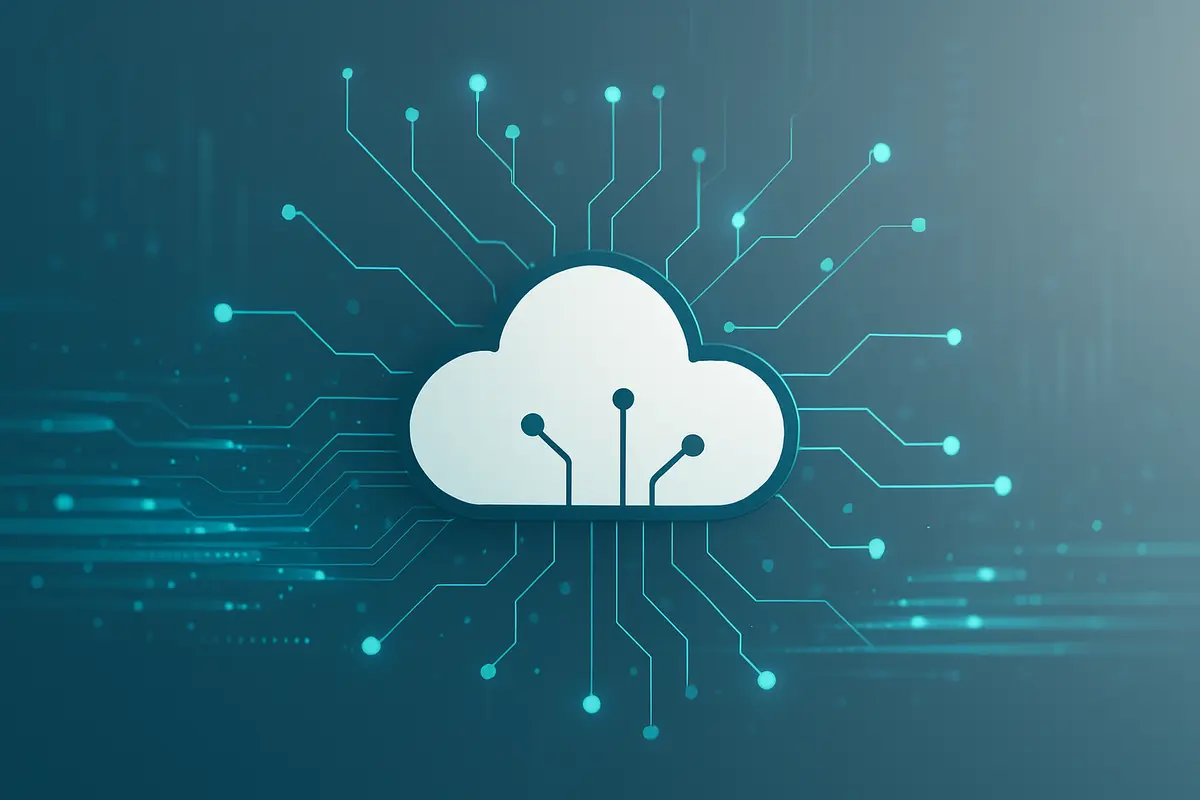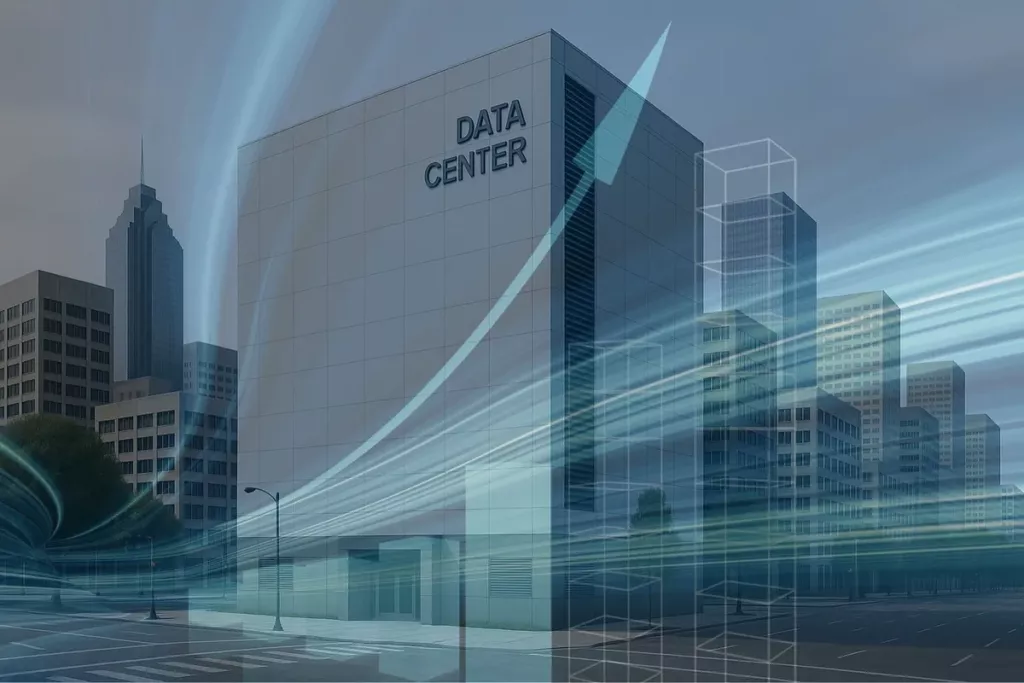How Cloud Computing Works

You hear “the cloud” mentioned everywhere – from storing your photos to powering massive enterprise applications. But what exactly is it, and more importantly, how cloud computing works? It might seem like magic, but it’s a sophisticated system of interconnected technologies. This article will break down the core concepts behind cloud computing, making it easy to understand.
What is Cloud Computing, Really?
At its simplest, cloud computing means accessing computing resources—like servers, storage, databases, networking, software, analytics, and intelligence—over the Internet (“the cloud”) on a pay-as-you-go basis. Instead of owning and maintaining physical data centers and servers, you can access technology services from a cloud provider when you need them.
Think of it like electricity: you don’t build your own power plant; you tap into a shared grid and pay for what you use. Cloud computing offers a similar model for IT resources.
Read more: Driving the Future: Integrating Renewable Energy into Data Centers
The Core Components: How Cloud Computing Works Under the Hood
Several key technologies and concepts come together to make cloud computing possible:
1. Massive Data Centers:
Cloud providers (like Amazon Web Services, Microsoft Azure, and Google Cloud Platform) operate enormous, geographically distributed data centers. These aren’t your average server rooms; they are highly secure, purpose-built facilities packed with thousands upon thousands of powerful physical servers, storage systems (like hard drives and SSDs), and networking equipment. This is the physical hardware that underpins the cloud.
2. Virtualization
This is arguably the most crucial technology enabling cloud computing. Virtualization uses software (called a hypervisor) to create multiple “virtual machines” (VMs) on a single physical server. Each VM acts like an independent computer with its own operating system, applications, and resources, even though it’s sharing the underlying physical hardware.
- How it helps: Virtualization allows cloud providers to maximize the utilization of their physical servers. Instead of one server running one application for one client, it can host many isolated virtual environments for many clients. This pooling of resources is fundamental to how cloud computing works efficiently and cost-effectively.
3. Networking
Robust, high-speed networking connects everything:
- Within data centers: Connecting servers to storage and to each other.
- Between data centers: Allowing for redundancy, disaster recovery, and global reach.
- To the end-user: The internet itself is the primary network that delivers cloud services to your devices. Sophisticated networking technologies like load balancers (distributing traffic) and firewalls (ensuring security) are essential.
Automation and Management Software: Managing thousands of servers and virtual machines manually would be impossible. Cloud providers use sophisticated automation and management software (often called orchestration tools) to:
- Provision new resources (like VMs or storage) quickly.
- Monitor the health and performance of the infrastructure.
- Allocate and reallocate resources based on demand (elasticity).
- Handle billing and user account management.
- Automate updates and security patches. This software layer is what allows users to self-service and deploy resources with just a few clicks through a web portal or API.
Service Models: Cloud computing services are typically offered in three main models, which dictate how much control you have versus how much the provider manages:
- Infrastructure as a Service (IaaS): Provides basic building blocks like virtual servers, storage, and networking. You manage the operating system, applications, and data. (e.g., Amazon EC2, Azure Virtual Machines).
- Platform as a Service (PaaS): Provides a platform for developing, running, and managing applications without the complexity of building and maintaining the infrastructure. The provider manages the OS, servers, and underlying infrastructure. (e.g., Heroku, Google App Engine, Next.js hosting platforms like Vercel or Netlify).
- Software as a Service (SaaS): Provides ready-to-use software applications accessed over the internet, usually on a subscription basis. The provider manages everything. (e.g., Gmail, Salesforce, Microsoft Office 365, Dropbox).
Key Benefits Driven by How Cloud Computing Works
The way cloud computing is architected leads to several significant advantages:
- Scalability & Elasticity: Easily scale resources up or down based on demand.
- Cost-Effectiveness: Pay only for what you use, reducing upfront hardware investment.
- Reliability & Availability: Providers offer high uptime and data redundancy across multiple locations.
- Global Reach: Deploy applications and serve users worldwide quickly.
- Speed & Agility: Provision resources in minutes, enabling faster innovation.
- Security: While a shared responsibility, providers invest heavily in security measures for their infrastructure.
How Cloud Computing Works in Practice
You’re likely using cloud computing every day without even realizing it:
- Streaming Services (Netflix, Spotify): These services host their vast libraries of content and streaming infrastructure in the cloud.
- Email (Gmail, Outlook.com): Your emails are stored and managed on cloud servers.
- Cloud Storage (Google Drive, Dropbox, iCloud): Your files are synchronized and stored in the cloud, accessible from any device.
- Social Media (Facebook, Instagram, X): These platforms rely on massive cloud infrastructure to handle billions of users and their data.
- Web-based applications: Many modern web applications, especially those built with frameworks like Next.js and hosted on platforms like Vercel, leverage cloud infrastructure for hosting, serverless functions, and databases.
Read more: Global Data Centers in 2025: The Evolution of Digital Infrastructure
Conclusion
So, how cloud computing works is through a combination of massive physical data centers, virtualization technology that allows for efficient resource sharing, robust networking, and sophisticated automation software. This powerful combination allows businesses and individuals to access vast computing resources on demand, paying only for what they consume. It has revolutionized how we build, deploy, and use technology, making powerful tools more accessible and affordable than ever before.
Understanding the fundamentals of cloud computing is becoming increasingly important in our digitally connected world. It’s the engine driving innovation across nearly every industry. For businesses where the physical location and performance of that underlying infrastructure are paramount, particularly in key markets like Jakarta, selecting the right data center is crucial.
Ready to experience the benefits of low-latency connectivity in the heart of Jakarta? Discover how EDGE DC’s Jakarta data center can optimize your operations.


